Building a Senegalese Spice Pantry from Scratch
11 min read Discover how to assemble a vibrant Senegalese spice pantry to elevate your cooking with authentic flavors and essential ingredients. September 30, 2025 15:05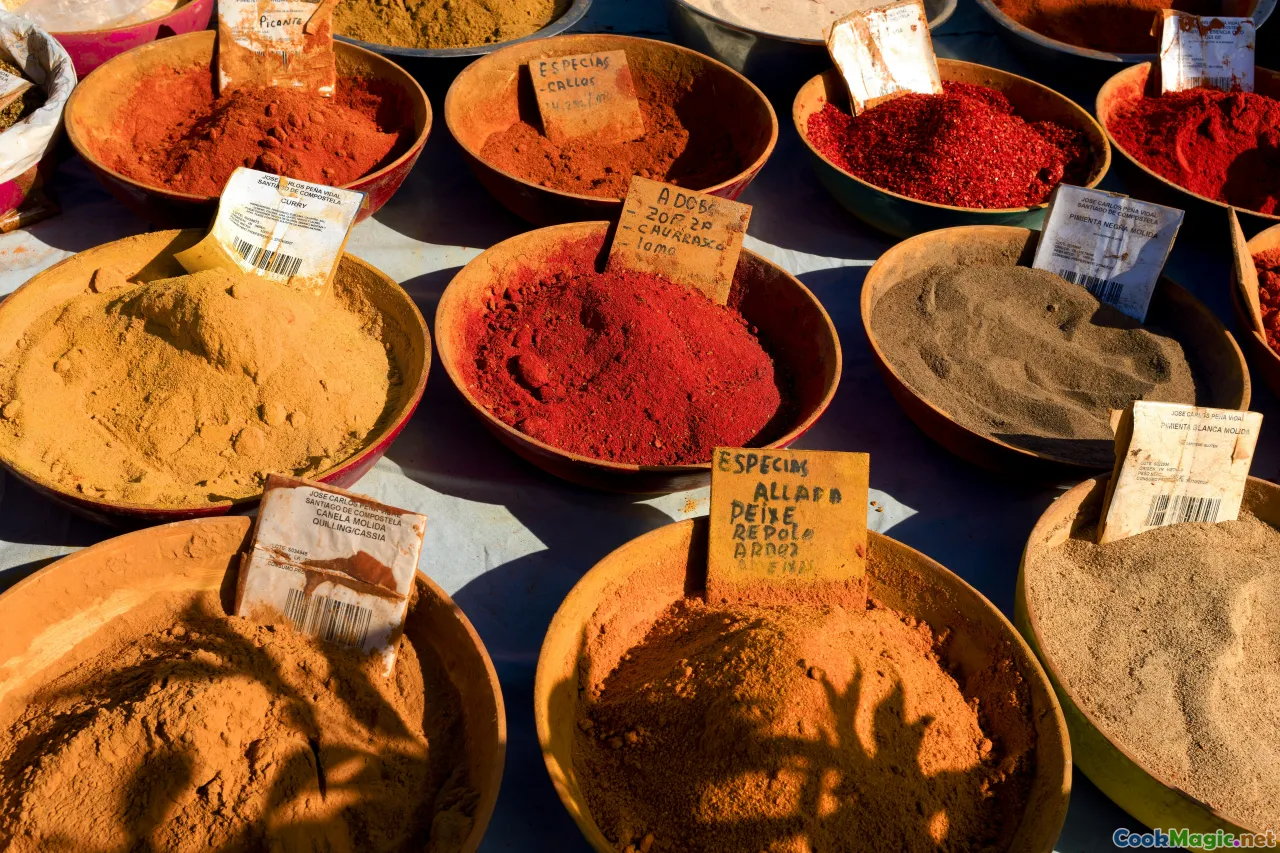
Building a Senegalese Spice Pantry from Scratch
Few culinary journeys are as vibrant and soul-stirring as exploring the flavors of Senegal. Wandering through the bustling markets of Dakar, inhaling the intoxicating aromas of simmering stews, and tasting the complex layers of spices in a perfectly seasoned poulet yassa or maffe tellaw, reveals a world where tradition, geography, and history meld into a symphony of flavors. If you’ve fallen in love with Senegalese cuisine and dream of recreating its magic in your own kitchen, building an authentic spice pantry is your first step. It's a delightful adventure, rooted in a rich tapestry of culture, with each jar and blend telling a story of generations.
This guide will walk you through the essentials of establishing a Senegalese spice collection from scratch—placing emphasis on authenticity, sensory exploration, and practical tips so your pantry can become a gateway to the soul of Senegalese cooking.
Understanding Senegalese Flavors and Key Ingredients

Before diving into purchasing individual spices, it’s vital to understand the core flavors and ingredients that define Senegalese cuisine. At its heart, Senegalese food is a melting pot—Arab, French, African, and even Asian influences converge in its rich sauces, grilled meats, and hearty stews.
A few foundational flavors include:
- Aromatics and Spice Blends: Garlic, onions, ginger, and fresh chilis.
- Earthy Spices: Cumin, coriander, and turmeric.
- Smoked and Pungent Elements: Dried smoked fish, baharat blends for depth.
- Sour and Acidic Notes: Lemon, tamarind, and dried fruit.
Understanding how these flavors interplay is key to recreating Senegal’s signature dishes.
Essential Ingredients: Building Blocks of Your Senegalese Spice Pantry
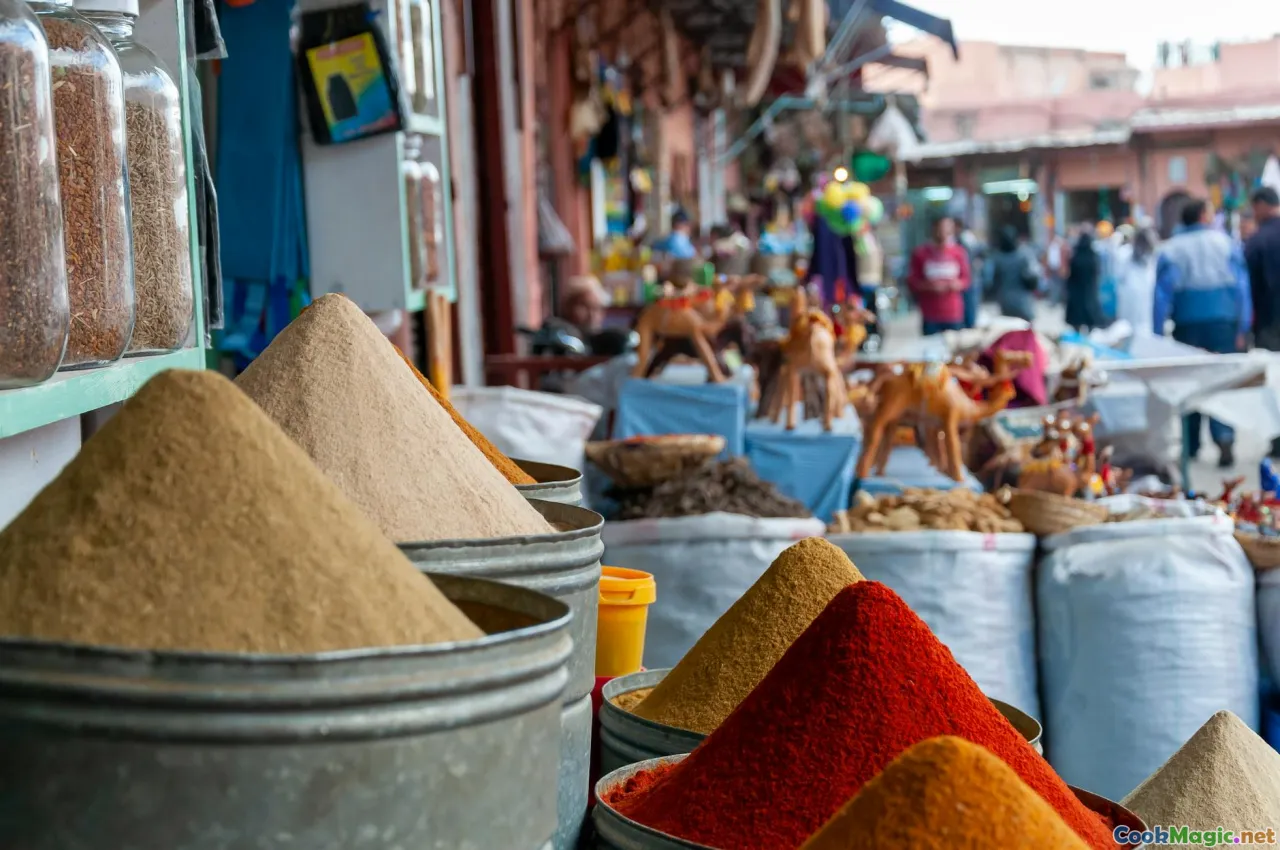
When assembling your spice collection, start with high-quality, fresh ingredients—your spice quality directly correlates to the vibrancy of your dishes.
Staples for Senegalese Cooking:
- Cumin Seeds: Earthy and warm, Cumin lends depth in dishes like yassa and mafé.
- Coriander Seeds: Lemon-like and floral, balancing richness.
- Turmeric Powder: Bright yellow, adds color and subtle bitterness.
- Paprika (Gul Mirch): Sweet or smoked, it accentuates the smoky flavors.
- Ginger: Fresh or ground, a zingy backbone.
- Garlic Powder & Fresh Cloves: Pungent and savory.
- Onion Powder & Fresh Onions: Fundamental aromatics.
- Chili Powder and Fresh Hot Chilis: For heat and aroma.
- Dried Tamarind or Tamarind Paste: Adds tart complexity.
- Dried or Fresh Herbs: Bay leaves, thyme, and basil.
- African Spice Blends (Optional): Mafuta spice mix, which often include pepper, cloves, and allspice.
Unique Senegalese Ingredients:
- Baobab Powder: Tangy, mineral-rich.
- Dried Smoked Fish/Thiat Fish: Adds umami depth.
- Peppers & Piments: Piment d'Espelette or local varieties.
- Peanut Powder: For sauces and flavor accents.
Building this core allows you to start experimenting confidently.
Sourcing Genuine Spices and Ingredients

The pursuit of authenticity begins with where you acquire your spices. Senegalese markets are treasure troves: stalls brim with colorful mounds of dried chilis, fragrant spice mixes, and pungent smoked fish. When shopping locally, look for whole seeds and dried herbs; these retain flavor longer.
If shopping internationally, specialty Moroccan, West African, or Middle Eastern stores are excellent sources. Online retailers specializing in African spices also abound, offering authenticated blends and rare ingredients.
Invest in small, airtight glass jars to keep spices fresh, and avoid bulk containers that may compromise freshness.
Building the Spice Blends: Essential Preparations
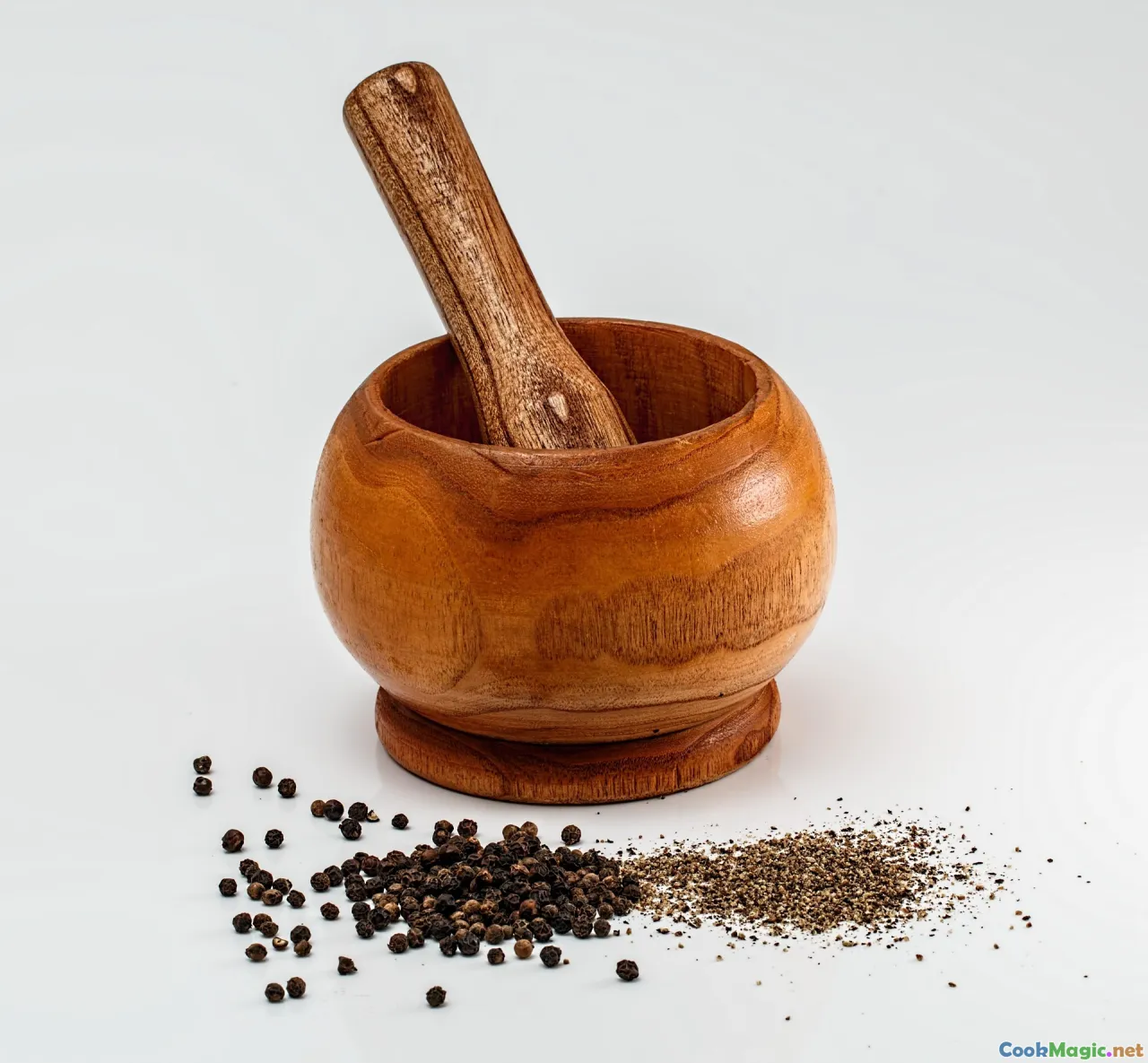
Once you have your ingredients, blending enhances their flavors and creates traditional profiles.
How to Make Senegalese Spice Blends:
- Yassa Marinade Mix: Combine lemon zest, garlic powder, cumin, paprika, and cayenne; great for marinating chicken, fish, or vegetables.
- Mafé Spice Blend: Mix ground peanuts, cumin, coriander, turmeric, and dried chili to create a savory, nutty seasoning.
- Fresh Red Pepper Paste: Blend fresh hot chilis with garlic and salt for a fiery anchoring paste in many dishes.
Using a mortar and pestle or spice grinder, gently pulverize whole seeds to unlock maximum flavor. Take the time to toast spices briefly in a dry pan to deepen aroma—smell is a key indicator of freshness and quality.
Incorporating Spices into Traditional Senegalese Dishes

The real joy of a well-stocked spice pantry is in the dishes it creates. Senegalese cuisine emphasizes balance—spicy, sour, savory, and smoky components woven into each bite.
Signature Dishes to Explore:
- Yassa Poulet: Chicken marinated in lemon, onion, mustard, and spices, then grilled or braised—imagine the citrus tang balanced with smoky heat.
- Maffe (Peanut Stew): Rich, thick tomato-base sauce jazzed with peanuts and a dash of djembe spice blend.
- Thieboudienne: The national dish—featuring fish, rice, and vegetables seasoned with a complex mix of spices edible on a fragrant, spicy platter.
- Grilled Pastels and Kebabs: Marinated in chili and herb blends for smoky, tender bites.
Experimenting with spice proportions allows you to tailor flavors to your palate, reflecting Senegal’s culinary nuance.
Tips for Maintaining and Growing Your Spice Collection
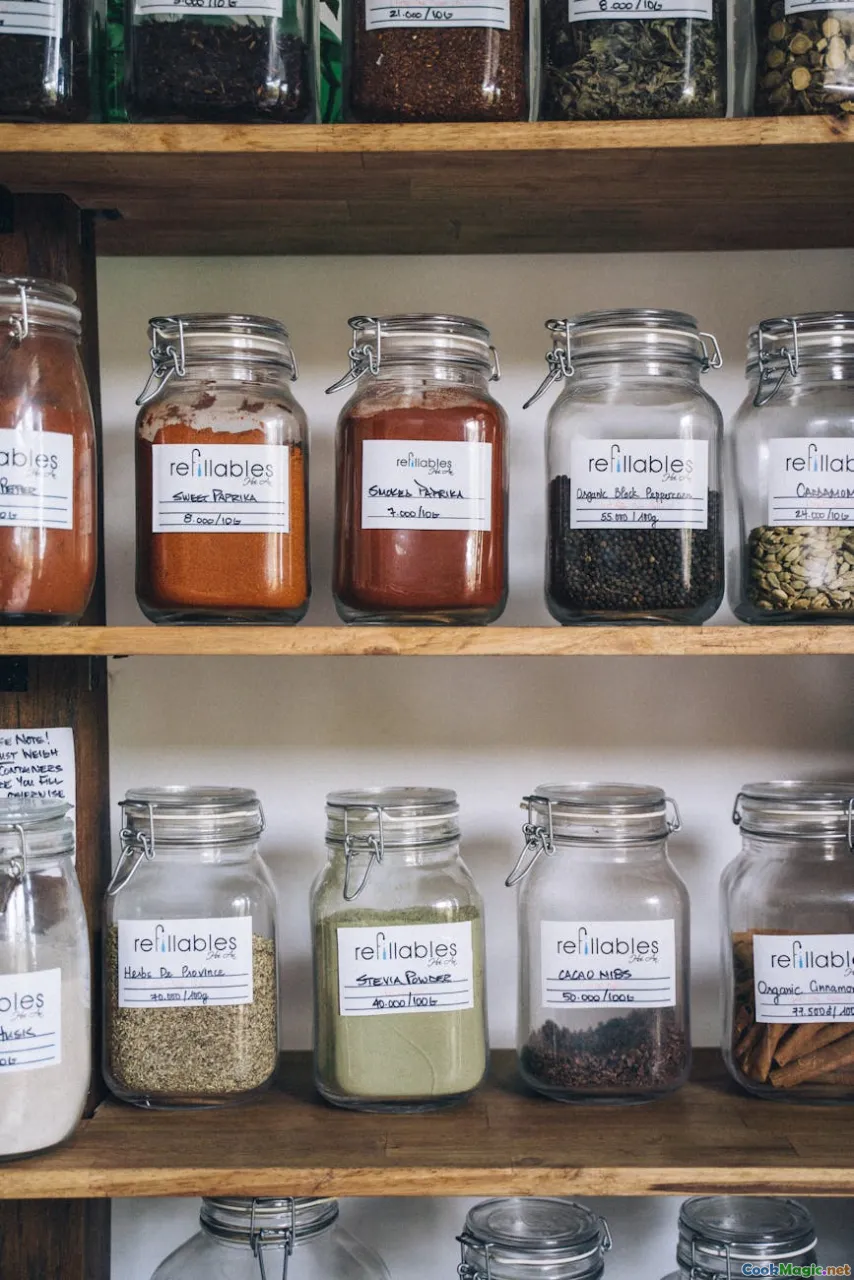
- Store spices in airtight, opaque containers: Sunlight and air degrade flavor.
- Label and date your jars: For freshness and organization.
- Keep in a cool, dry place: Avoid humidity.
- Refresh regularly: Buy smaller quantities at first; spices lose potency after 6-12 months.
- Grow your herbs: Cultivate basil, thyme, and hot chilis in your garden or windowsill.
- Explore cultural blends: Variations exist from different regions of Senegal; try mixes from Dakar markets to learn diversity.
Immersing in Senegalese Food Culture

Building a spice pantry is not just about ingredients—it’s about connecting with a culture’s story. Attend Senegalese cooking classes, visit markets during festivals, or participate in community cookouts. The vibrant communal spirit infuses every dish, conversation, and shared meal.
Many Senegalese families pass recipes and spice blends through generations—embrace this oral tradition by learning directly from local cooks or argan elders. These stories and rituals deepen your understanding of the ingredients, elevating your cooking from simple replication to heartfelt homage.
A Personal Touch: Creating Your Own Senegalese Spice Blends
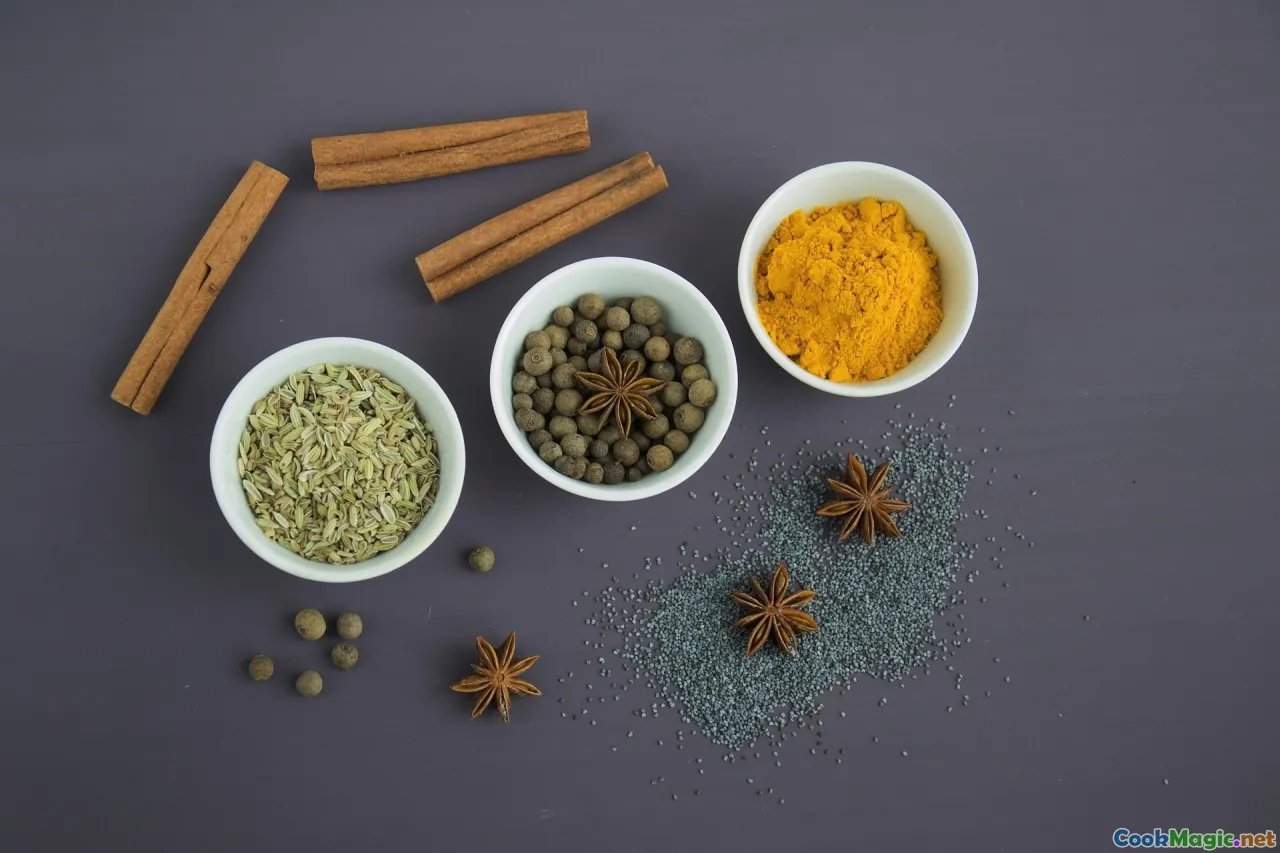
Once familiar with the basic blends, start customizing. Incorporate dried fruits like apricots or raisins for sweetness, experiment with different types of smoked peppers, or add herbs such as basil or rosemary for a personal touch.
Document your mixes and tasting notes. Over time, you'll develop a signature spice blend that echoes your journey through Senegalese cuisine—a fragrant, fiery testament to your culinary exploration.
The Journey Continues
Building a Senegalese spice pantry from scratch is an act of culinary love—an ongoing adventure that unlocks the vibrant soul of West Africa's flavors. With each jar filled, each blend perfected, your kitchen becomes a crossroads of history, passion, and artistry. So gather your favorite spices, hone your palate, and let the rich tapestry of Senegalese cooking transform your home into a flavorful sanctuary that beckons exploration, tradition, and personal discovery.









